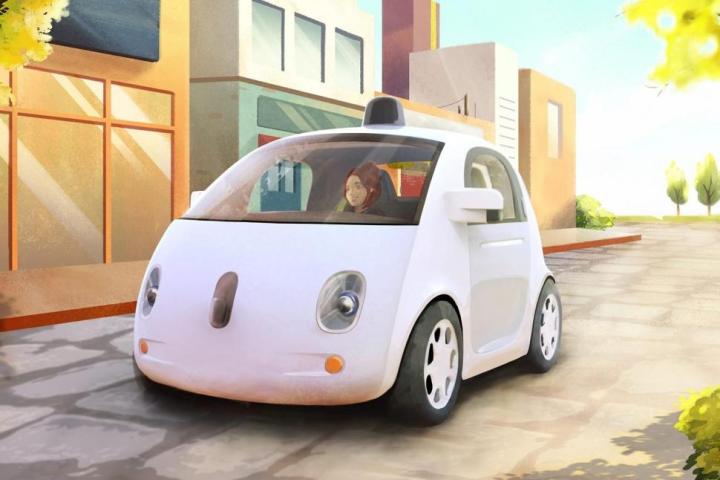
For example, if someone told you the average income in Community X was $200,000, you might think it was a pretty well off area. Then you travel to that area, and gaze upon an ivory tower surrounded by slums and favelas. The wealthy people inside bathe in luxury, while the people outside the gates struggle to survive. Gasp, you have been misled.
The same issue applies to one of our favorite topics here at DT: self-driving cars.
Google, one of the strongest proponents of driverless cars, loves to claim that its vehicles have driven over 700,000 miles accident free. What the company doesn’t always say is that before each run, those miles have been meticulously mapped and scanned countless times over. Many of those miles are redundant as well, occurring on the same stretches of predetermined roadways.
A new article in Slate takes Google’s autonomous project head on. Lee Gomes, the author and former writer for the MIT Technology Review, points out several issues with the car that you may not know exist.
Related: Audi’s self-driving RS 7 prototype uses GPS and cameras to ‘see’
The first and most important is that Google’s self-driving cars aren’t as smart as people think they are. When the car sets out, it’s on a fixed path “with the car’s exact route, including driveways, extensively mapped,” Gomes says.
“The car can’t travel a single inch without [a map],” he adds.
Let’s think about the repercussions of that for a second. If, one day, the roadways are to be freely traversed by driverless cars, that means every street, driveway, alley, off-road trail, and intersection would need to be laboriously detailed and downloaded. Currently, there are about 4 million miles of public roads in the U.S.
And what happens when the road changes?
Speaking with Chris Urmson, director of the Google car project, Gomes learned that if a new stoplight was put up overnight “it could potentially run a red light, simply because it wouldn’t know to look for the signal.”
Furthermore, because of their reliance on preparation, potholes, sudden detours, and even the frantic neighborhood cat could potentially cause a big problem for Google’s car. Because of the scanning systems currently in use, autonomous vehicles also cannot function properly in heavy rain or snow.
We’re certainly not saying that self-driving cars have no place in the future; one look at the semi-autonomous technology creeping into new vehicles and you’ll know that isn’t true. But clearly, there’s still a long way to go.
Editors' Recommendations
- Cruise autonomous vehicle drives over woman just after she was hit by another car
- Apple’s rumored car could cost the same as a Tesla Model S
- How a big blue van from 1986 paved the way for self-driving cars
- Tesla pulls latest Full Self-Driving beta less than a day after release
- Waymo’s self-driving cars can’t get enough of one dead-end street


